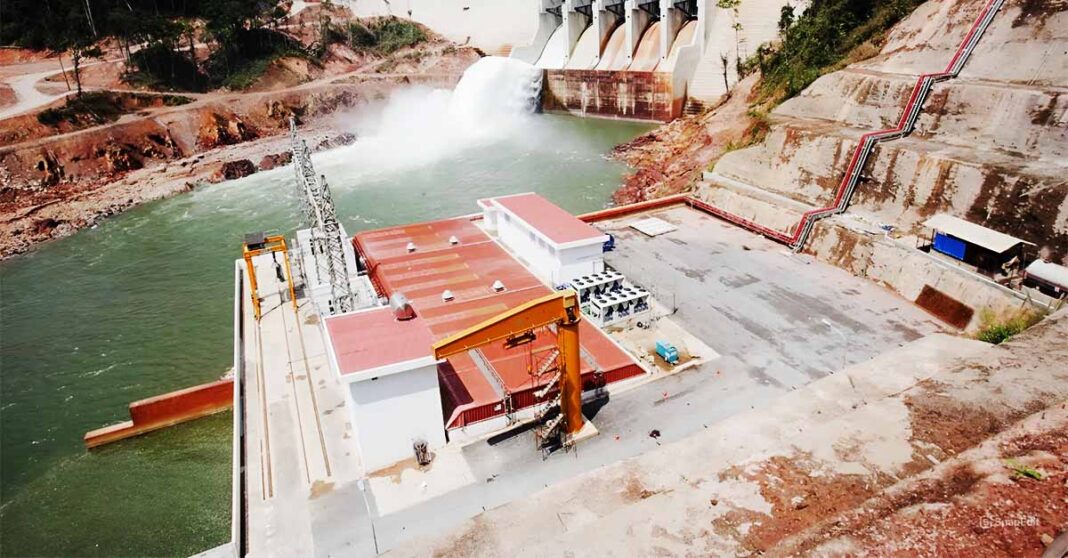In preparation for the rainy season, the Ministry of Energy and Mines has directed all hydropower operators to enhance their dam safety protocols. This includes ensuring effective emergency response, flood management, and surveillance plans are in place to prevent accidents.
This year, the energy management department has developed a preparedness and emergency response plan, drawing on insights gained from 2023. The plan’s content is based on weather warnings provided by the Department of Meteorology and Hydrology.
Director General of the Energy Management Department, Bouathep Malaykham mandated that each plant must simulate a flood scenario, opening sluice gates to release water and prevent excessive pressure on the dam wall, which could lead to breaches. Computer-processed data helps measure the water flow from the reservoir.
Upon completing the study, project operators are required to create an emergency response plan and coordinate with provincial and district disaster prevention committees. These plans must be communicated to residents, particularly those living downstream of the dam. Furthermore, hydro plant staff must educate local communities about dam operations and the safety measures being implemented.
Bouathep added that dam safety, along with emergency response, flood management, and surveillance, is monitored in real-time in collaboration with central and local authorities, and dam operators. Data collection and monitoring are conducted daily to ensure optimal safety.
He then emphasized that all hydropower operators adhere strictly to the emergency response plans and relevant legislation.
Looking ahead, the ministry plans to establish a dam safety control center to initiate emergency response plans, prevent flooding, and deploy early warning systems using advanced technologies.
As of the end of 2023, Laos boasted 98 power plants with an installed capacity of 1MW or more. These include 81 hydropower plants, 12 solar plants, four biomass plants, and a coal thermal facility, collectively providing an installed capacity of over 11,600 MW and an annual production capacity of at least 58,800 GWh.



